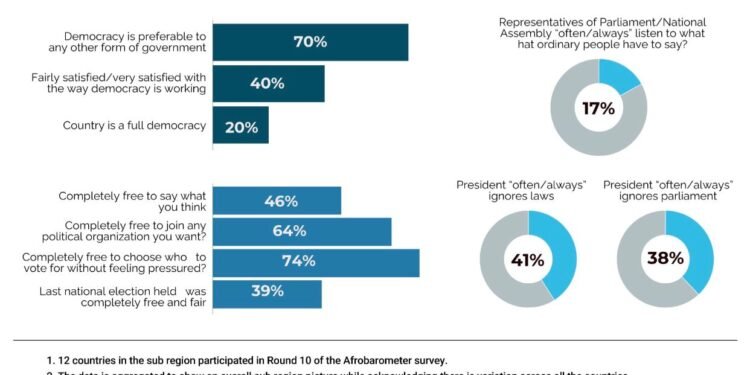China’s largest state-owned oil and gas company PetroChina has projected that its capacity of natural gas production will increase to 55 per cent of total oil and gas output by 2025.
The proportion of gas output is estimated to rise by almost 10 percentage points from about 45.4 per cent in 2021, representing Beijing’s strategic increase of domestic production to reduce reliance on costly imports amid growing energy security concerns.
Dai Houliang, Chairman of PetroChina, said: “Fossil fuels, especially natural gas as well as crude oil, will still play an important role in achieving carbon peak and carbon neutrality targets, therefore, we will further strengthen the development of natural gas business, enhance gas and oil exploration and development efforts to ensure domestic supply.”
As part of the company’s future plans, it intends to produce 4,625.1 Bcf, or 130.97 Bcm, of marketable natural gas in 2022, up 4.6 per cent year-on-year and is estimated to account for 46.2 per cent of its total oil and gas production target of 1,669.7 million barrels.
Out of the 4,625.1 Bcf natural gas output target, 4,432.6 Bcf, or 125.52 Bcm, of natural gas is expected to be produced domestically in 2022, up 5 per cent year on year, PetroChina said.

The company expects to intensify conventional gas exploration in the Tarim Bozi-Dabei region as well as Gulongqi in the central Sichuan province, and increase large-scale shale gas production in southern Sichuan.
In China, domestic gas production target accounts for around 59 per cent of the country’s total natural gas production target of 214 Bcm in 2022 set by the National Energy Administration (NEA) in a recent report.
The company’s production growth target of 5 per cent for natural gas in 2022 is above that of NEA’s report, and also higher than 4.8 per cent set by Sinopec, another state-owned company but is slightly lower than PetroChina’s growth rate of 5.7 per cent in 2021.
PetroChina plans to spend Yuan8 billion ($1.26 billion) in the natural gas and pipeline segment in 2022, accounting for 4.4 per cent of its total capital expenditure of Yuan 181.2 billion for the exploration and production segment. This expenditure is mainly for building LNG terminals, natural gas pipelines, city gas distribution, gas-fired power generation and new energy integration projects.
Russia-Ukraine Conflict Raises Import Losses
The ongoing Russia-Ukraine conflict has not only increased oil and gas supply risks but also raised import costs. The company is raising domestic production while strengthening trading capabilities and increasing investment in new energy to meet domestic demand.
“PetroChina has maintained good cooperative relations with global major natural gas and crude oil producers, holding a large number of long-term contracts, which are being implemented normally,” Dai said.
PetroChina imported about 80 Bcm of natural gas in 2021, resulting in a loss of around Yuan 7.21 billion ($1.13 billion), down Yuan 6.95 billion from last year, CFO Chai Shouping said.
The loss in the imported natural gas business in 2021 is due to the expansion of direct sales to end-users, more market-oriented gas pricing, a tax refund of Yuan 5 billion from the government for long-term contracts signed before 2014, and lower natural gas import costs that reflect crude prices with a nine-month lag, Chai Shouping said.

PetroChina made total sales of 273.97 Bcm of natural gas in 2021, up 10.1 per cent year-on-year. Of this, domestic sales were 194.59 Bcm, an increase of 12.7% over the same period last year, the company’s data showed.
“We have set up a mechanism to negotiate natural gas purchase and sales contracts and enhance the online trading of natural gas, which has given more options to both sellers and buyers,” Chai said, adding that the company will decide on natural gas imports this year based on the prevailing market situation and available resources.
READ ALSO: Russia-Ukraine Conflict: Sanctions Risk Delaying Development of the DWT/CTP Block in Ghana























